Plants are the essential building blocks of life on earth.
The scientific study has discovered at least 600,000 species of plants. The type of plants vary in size
from microscopic algae, to huge sequoia trees.
Plant Kingdom is mainly classified into two .
1) Spore bearing plants (Ferns Algae, mosses, and their relatives)
2) Seed bearing plants. (flowering and Conifers plants)
 Algae
Algae
Algae does not have leaves, roots stems. Algae thrive in a moist or wet environment. Many are tiny single celled plants, but some seaweeds are huge.
 Mosses
Mosses
Mosses and most liverworts have simple stems and tiny, slender leaves. They can be found growing on the plain land, on rocks, and on other plants. They habitually live in mild, damp regions, but some can live in very cold places.
 Ferns
Ferns
Ferns are the most superior spore bearing type of plants. Many ferns grow in cool, dry places but the largest ones are found in the hot, damp tropic regions. Around 15,000 species of ferns are there in existence now according to scientific researches
 Conifers or Gymnosperms
Conifers or Gymnosperms
Gymnosperms or conifers are plants that have cones instead of flowers. Their seeds grow within female cones. The seeds develop on scales inside cones. The majority of gymnosperms are trees or shrubs. The cones are not as diverse as flowers but they can be brilliantly coloured and attractive.
 Flowering
plants or Angiosperms
Flowering
plants or Angiosperms
Angiosperms or flowering plants are the most varied set of land vegetation. There are at least 250,000 kinds of flowering plants identified till now. The distinguishing trait of flowering plants or angiosperms is the flower. The chief role of the flower is to make certain that fertilization of the ovule occur and that result in the growth of fruit containing seeds.
Monocotyledons and Dicotyledons
 Flowering plants or angiosperms have either one or two cotyledons.
Monocotyledons (one seed leaf) have floral parts in multiple of three.
Dicotyledons( two seed leaves) have floral parts usually in multiple
of four or five. In the figure, left side plant is monocotyledon and
right is dicotyledon.
Flowering plants or angiosperms have either one or two cotyledons.
Monocotyledons (one seed leaf) have floral parts in multiple of three.
Dicotyledons( two seed leaves) have floral parts usually in multiple
of four or five. In the figure, left side plant is monocotyledon and
right is dicotyledon.
Plant Kingdom is mainly classified into two .
1) Spore bearing plants (Ferns Algae, mosses, and their relatives)
2) Seed bearing plants. (flowering and Conifers plants)
1) Spore Bearing Plants:
Algae, mosses, ferns and their genus all reproduce by means of spores
Algae does not have leaves, roots stems. Algae thrive in a moist or wet environment. Many are tiny single celled plants, but some seaweeds are huge.
Mosses and most liverworts have simple stems and tiny, slender leaves. They can be found growing on the plain land, on rocks, and on other plants. They habitually live in mild, damp regions, but some can live in very cold places.
Ferns are the most superior spore bearing type of plants. Many ferns grow in cool, dry places but the largest ones are found in the hot, damp tropic regions. Around 15,000 species of ferns are there in existence now according to scientific researches
2) Seed Bearing Plants:
Plants that reproduce by means of seeds belong to this type of plants. Conifers or gymnosperms and flowering plants or gymnosperms reproduce by seeds
Gymnosperms or conifers are plants that have cones instead of flowers. Their seeds grow within female cones. The seeds develop on scales inside cones. The majority of gymnosperms are trees or shrubs. The cones are not as diverse as flowers but they can be brilliantly coloured and attractive.
Angiosperms or flowering plants are the most varied set of land vegetation. There are at least 250,000 kinds of flowering plants identified till now. The distinguishing trait of flowering plants or angiosperms is the flower. The chief role of the flower is to make certain that fertilization of the ovule occur and that result in the growth of fruit containing seeds.
Monocotyledons and Dicotyledons








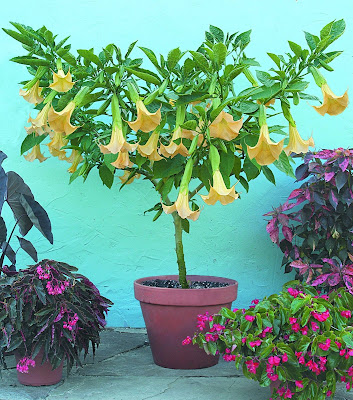
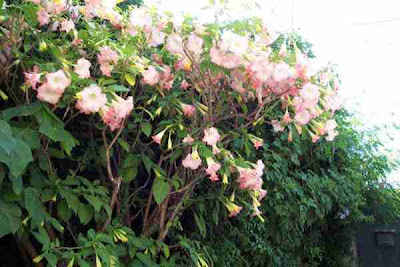


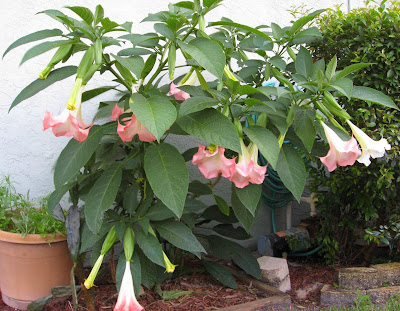
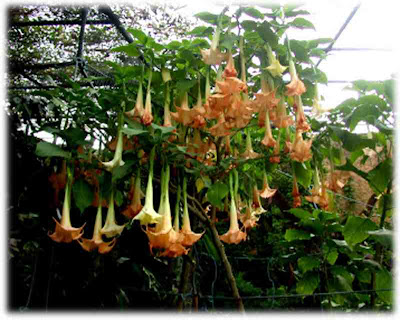
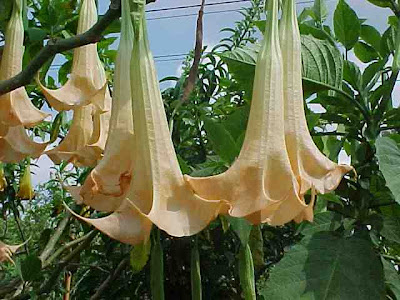
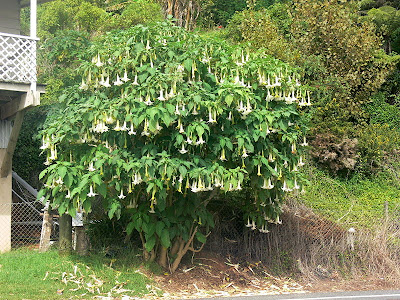




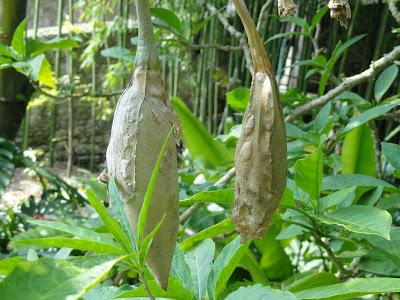
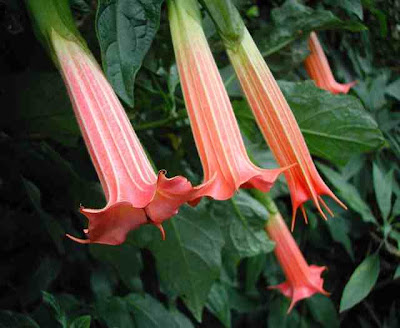






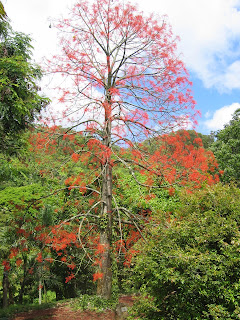
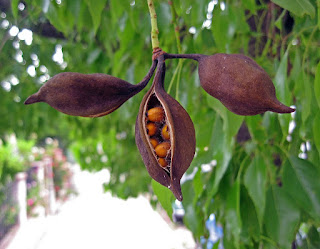
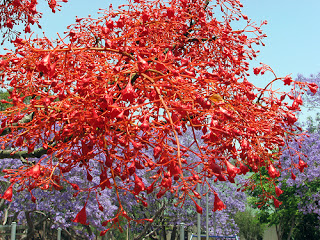

_KC+(1).jpg)